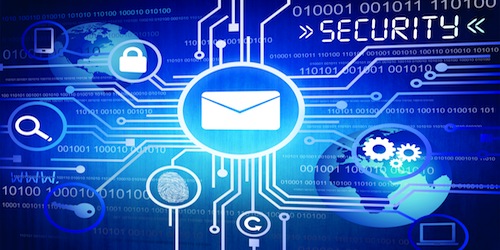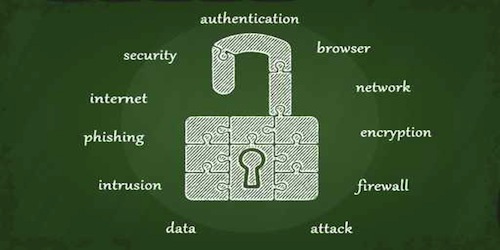
DriveHQ Encryption Details
Cloud Computing has continually evolved over the past few years and many businesses are realizing that they must ditch their local servers for cloud services if they want the best collaboration and management features. However, business owners are often skeptical to make the move to the cloud because there seems to be this sense of mystery with what actually happens to your data when it is sent online. The cloud industry is so innovative and popular, yet there have been many recent attacks that have put security into question. If I store my data on the cloud, how do I know it will be safe? How do I know it will not be leaked as has happened with other service providers? More importantly, how do I know my data is not being accessed by someone I do not want to have access? If you have not asked yourself these questions, your data may be in trouble.
Cloud computing enters into the picture when businesses are in need of a way to increase their collaboration capabilities, data storage, or total capacity quickly, without having to invest in new infrastructure or retraining employees. Cloud computing services offer customizable, subscription-based or pay-per-use services that enables entire organizations to expand collaboration and management capabilities.
The cloud service industry has grown tremendously over the past few years and individuals rely heavily on these companies to not only store, but protect the data they upload. Many cloud providers claim they offer the highest-level security services that have tons of extra features to improve overall security, however they are missing one major point. Data encryption is the only way to provide absolute security to data hosted online.
Adding data encryption is a necessary security tool for material stored anywhere online. Security configurations that are operated either by the client or the server ensure protection of data and information once it has been uploaded to the provider’s servers. However, there are key differences between the two.

Server-Side Encryption
Server-side encryption allows the cloud service provider to manage the encryption keys that accompany your data. With server-side encryption, the complexity of the encryption keys will be limited and it will still isolate your information accordingly. After your data has been uploaded to the cloud, it will then be encrypted. Once you access the data, it will be decrypted (by the server) and delivered to you simultaneously. Many of the most well-known cloud providers use this encryption configuration (and many use none whatsoever). This all said, there is a major risk with this type of encryption.
Security! With this type of encryption, anyone with access to the servers will be able to see your information. Whether it is an employee or a hacker, they will have full access to all the information stored within the servers because the servers can both encrypt and decrypt the data.
You can think of this as a storage facility. You have some important data that you need to store and to be extra safe, and you decide to put each document in a different storage container so a thief would have a difficult time receiving all the data. However, all the storage units within this facility can be accessed by using a garage door opener. So a hacker or a rogue employee gets access to this garage door opener and they will be able to have access to all the data within the containers after just the click of a button, literally.
Client-Side Encryption
Client-side encryption, on the other hand, is far more secure than server-side encryption. This encryption method makes it so the user creates the encryption key locally, which allows your data to be encrypted before it is uploaded to the server. Therefore, your encryption is performed with a key that is not known to the server. Any employee or hacker can see that there is data in the server, but they cannot decrypt the data because it was done outside of the server. This type of encryption is much more complex and data will only be decrypted when the key recognizes your IP address (or another preconfigured IP).
This level of encryption will make the data safe against hacking, employees, accidents, complicit server providers, and any other snooping. Your data will be protected regardless of who handles it, how it is stored, or where it is stored. It is also very important to emphasize document-level encryption. If you are sending data with multiple documents, each will have their own encryption key to ensure that all the information will be safe and extremely difficult to view. You can think of this as a storage facility. Each of your documents will be located in a different storage unit and each will have its own separate lock. Therefore, in the chance that someone attempts to break into your storage unit to retrieve the documents, they will be unable to receive all the data in once place. Instead, they would have break into each container one-by-one. But little do they know that you chose one of the most difficult lock to break.
Many providers that offer server-side encryption attempt to improve the look of their security by claiming they have more features that will enhance total protection of the servers and create more privacy for users. As much as these added features may seem attractive, the best way to protect yourself (or your company) is to choose the method you know to be secure. Creating privacy for users is possible only when users have control over all their own data and they are able to control who can access that data with their encryption keys. If you are worried about the security of you data, avoid providers that offer only server-side encryption, or no encryption, at all costs.








Leave a Comment